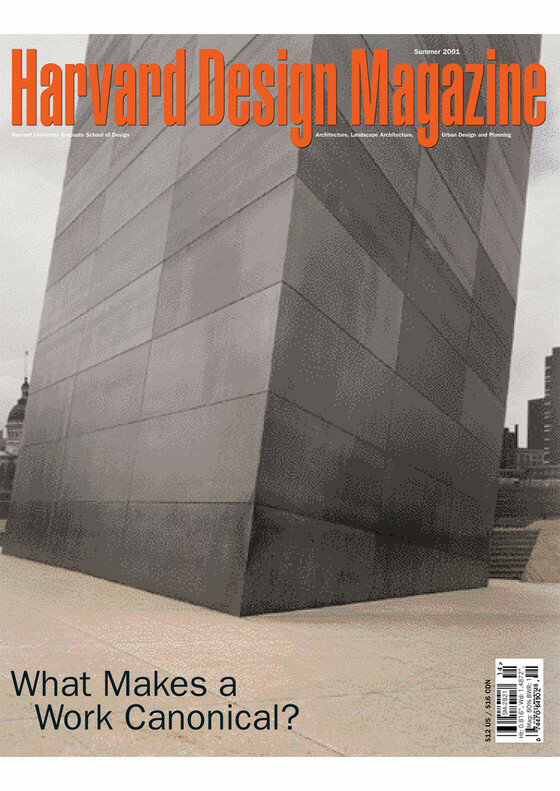Fashioning Vienna by Janet Stewart
14: What Makes a Work Canonical

In late adolescence, when many of us were initiated into the mysteries of art, we were probably eager to study, with humility and deference, whatever our teachers told us were the capstones of culture. Growing older, we pay more attention to what we feel and less to what we are supposed to think. For me in college, James Joyce’s books exemplified all that a would-be literary intellectual ought to revere: difficulty, vast learning and obscure allusiveness, rebellion, and the conviction that art is a sacred calling. Not until years later did I acknowledge my feeling that Dubliners was misanthropic and Portrait of the Artist as a Young Man self-absorbed. My teachers had not presented literature as something that could be judged.
In the culture of architecture, each generation is taught to value certain buildings and certain design ideals. And while the good result is that we take seriously many works that we might not otherwise consider, the possible negative results are the atrophy of personal responsiveness and the perpetuation of myths. In the early ’80s, student work at Harvard Design School featured elegant bas-relief models of Palladian elevations; when Michael Graves came to lecture, dozens had to be turned away from the packed hall; and the corporate modernism of firms like SOM was considered the devil’s work—capitulation to business values like efficiency, conformity, and functionalism. Bring on the pastels! But now, to express admiration for any postmodern architecture is to risk derision, and a surge of new scholarly attention is being directed at . . . high corporate modernism. So how, when the crowd is pushing us, can we keep our balance?
The essays in this issue suggest that we can do so by counterposing the received judgments represented by the canon with the promptings of our personal experience. Teaching the canon should include questioning the canon.
— William S. Saunders (excerpted from the introduction)
Cammie McAtee
Timothy M. Rohan
Charles Jencks
Daniel Willis
Hélène Lipstadt
Harry Gruyaert, Mark Mulligan
David Leatherbarrow
Christopher Long
James S. Russell
Carlos Jimenez
James S. Russell